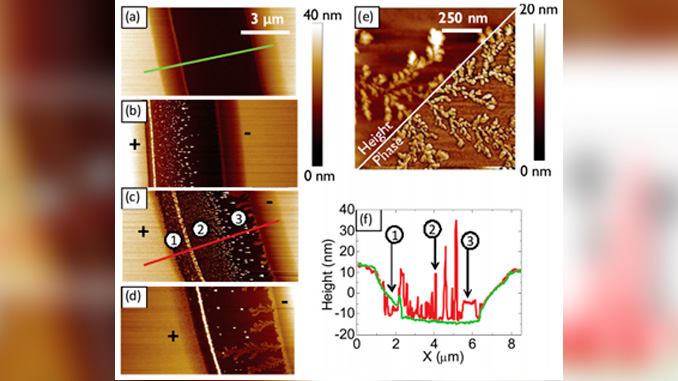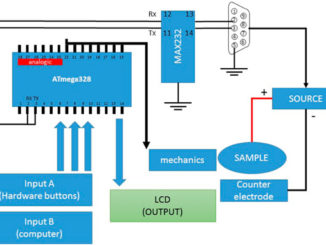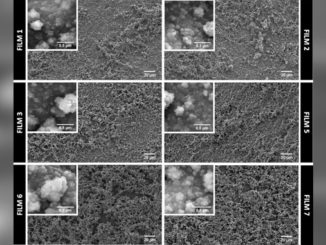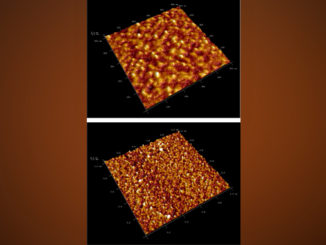
Writers: Julia Wünsche; Luis Cardenas; Federico Rosei; Fabio Cicoira; Reynald Gauvin; Carlos F. O. Graeff; Suzie Poulin; Alessandro Pezzella; Clara Santato
Keywords: metal chelation; eumelanin thin films; gold nanostructures; resistive change; bioelectronics
Abstract: Eumelanin is a ubiquitous pigment in the human body, animals, and plants, with potential for bioelectronic applications because of its unique set of physical and chemical properties, including strong UV-vis absorption, mixed ionic/electronic conduction, free radical scavenging and anti-oxidant properties. Herein, a detailed investigation is reported of eumelanin thin films grown on substrates patterned with gold electrodes as a model system for device integration, using electrical measurements, atomic force microscopy, scanning electron microscopy, fluorescence microscopy, and time-of-flight secondary ion mass spectroscopy. Under prolonged electrical biasing in humid air, one can observe gold dissolution and formation of gold-eumelanin nanoaggregates, the assembly of which leads to the formation of dendrites forming conductive pathways between the electrodes. Based on results collected with eumelanins from different sources, a mechanism is proposed for the formation of the nanoaggregates and dendrites, taking into account the metal binding properties of eumelanin. The surprising interaction between eumelanin and gold points to new opportunities for the fabrication of eumelanin-gold nanostructures and biocompatible memory devices and should be taken into account in the design of devices based on eumelanin thin films.




